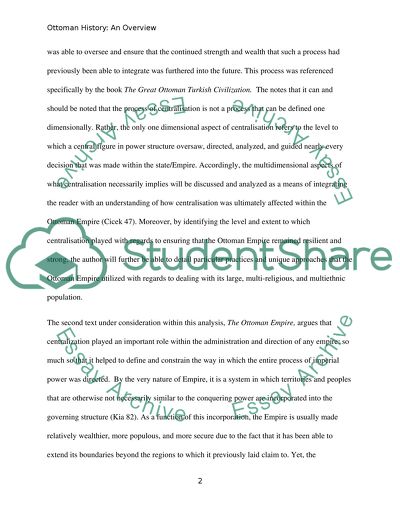Cite this document
(“Ottoman history Research Paper Example | Topics and Well Written Essays - 1500 words”, n.d.)
Retrieved from https://studentshare.org/history/1493372-ottoman-history
Retrieved from https://studentshare.org/history/1493372-ottoman-history
(Ottoman History Research Paper Example | Topics and Well Written Essays - 1500 Words)
https://studentshare.org/history/1493372-ottoman-history.
https://studentshare.org/history/1493372-ottoman-history.
“Ottoman History Research Paper Example | Topics and Well Written Essays - 1500 Words”, n.d. https://studentshare.org/history/1493372-ottoman-history.


